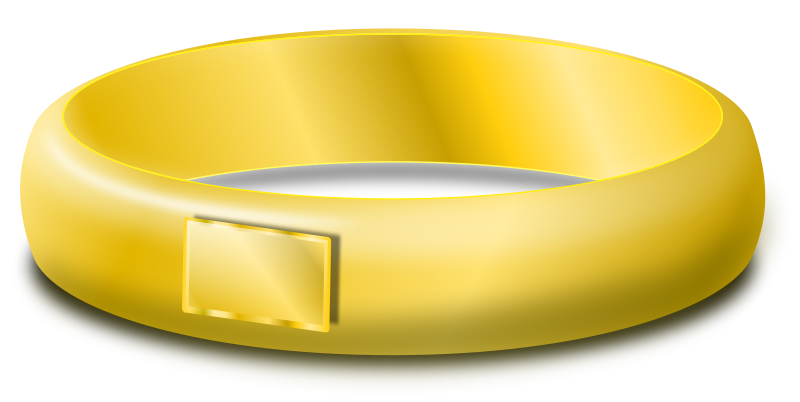Good Research Tips
Gathering from Several Sources
Remember, good research is gathered from primary and secondary
resources, and occasional other means, tertiary and so forth, points of origin. See this post.
Keep in mind that all resources are biased in some way and
are faulty in some way (double check everything possible). Aim for the nearest to the original source of information
possible (cite the source and the retrieval date).
When weaving your research into your fictional account, go
gently. Yes, you spend fourteen hours searching for that perfect quote, that
one fact about a disease, the interview with the inventor, the way the engine
works that will shape your story…but be careful about dumping all that precious
energetic verbiage on an unsuspecting reader who honestly doesn’t care.
Consider yourself richer for the knowledge and hope that one reader will be
impressed enough to look up the information for herself.
For my latest novel, Centrifugal Force, three important
pieces of information had to come together from very disparate sources to make
the story work. A stolen piece of antique jewelry handed off for protection by
Jewish Germans during World War II in Germany, a genetic disease, and German
everything—history, contemporary (2011) politics and world affairs, scenic
background information, timetables and airports, as well as some language.
Jewelry—not just antique, but a unique piece of
antiquity—was central to my story. Collectors who loaned items to museums and
for other purposes had to come up with a plan to safeguard their valuables when
they knew the Nazis would show no mercy. Why did I choose this particular era
and type of jewelry? I visited a museum in which unique gold from long-lost
cultures was on display. Because I was entranced, I chose to do further
research. This museum where I witnessed original items was my primary source of
information. These pieces existed. Their history, then, I took for my own. I
wanted something invaluable and unique enough to be identifiable and
irreplaceable.
As in all good story technique, the question of what type of
conflict and how far-reaching or universal the effects attracts a wider
audience. For example, more people will be affected by the collapse of the
European Union than by a local beautification committee or corrupt youth
athletic organization. These local tragedies make for interesting experiences
but bespeak a different level of reader.
The question of how durable or effective your character’s
goal, then, is always, what will happen if the character doesn’t get what he or
she is after? What is your main protagonist willing to do or sacrifice in order
to reach the goal?
In Centrifugal Force, the male protagonist, Gervas
Friedemann, is desperate to find and return a piece of jewelry his family protected
since World War II. After the war, the owners did not return, so Gervas’s
mother decided to enjoy the jewelry given for safekeeping by her Jewish
neighbors and gave it to her sons. Decades later, when a person claiming to be
a descendent of the neighbors and rightful heir of the missing valuables steps forward,
Gervas must find a ring he’d allowed to slip out of his hands. The descendant
is using blackmail for a larger purpose on Gervas’s family, who are prominent
in the German government.
Now, I was not allowed to take photographs in the museum, a
temporary display of gold artifacts at the National Archeological Museum in
Athens some years back, and I didn’t buy any kind of souvenir about the
collection. You have to trust that I saw the pieces and I used what I learned
for a crucial aspect of my story. I am now an unreliable witness until my claim
can be verified. To back up my story, we can go to the internet link directly
to the museum, but it is somewhat faulty and has numerous links that say “under
construction.” It also only has a few of the past temporary exhibits listed,
and few pictures. The fact of whether the display was held at a particular
museum is not all that important except to my general character if I choose to
share the story of what motivated me to write Centrifugal Force. The
fact of whether such jewelry exists might tempt more cerebral readers to do
some research. And here we can the secondary resources of more photographs,
Etruscan history, and history of jewelry. It is secondary information because I
am relying on the interpretation of facts from the compiler of those facts and
reinterpreting what I learned for my story.
These are a few of the links I used to piece together the
history and look of the jewelry. While I studied a great deal about the history
of jewelry, I settled on this type because it was identifiable through testing,
and because it was in a museum catalog now, could conceivably be missed and
labeled stolen by Nazis immediately post-WWII—no end of trouble for Gervas’s
family.
For the history
of the Etruscan people, this link (one of many, most were from major
universities) was helpful: http://www.mariamilani.com/ancient_civilisation_civilization/ancient_etruscans.htm
For the history
of the jewelry, these links were helpful: http://www.britishmuseum.org/explore/highlights/articles/e/etruscan_jewellery.aspx
For museum
photographs of the collection, this link was helpful: http://ancientpeoples.tumblr.com/post/32881147070/set-of-etruscan-jewellery-late-archaic-period
When gathering information from sources, always question the
integrity of the site and its compiler. National sites, such as those sponsored
by governments or well vetted large organizations are in general more
trustworthy than individual sites unless that person is a recognized and
accepted expert in his or her field.
clipart is free for use from 1001freedownloads.com



No comments:
Post a Comment